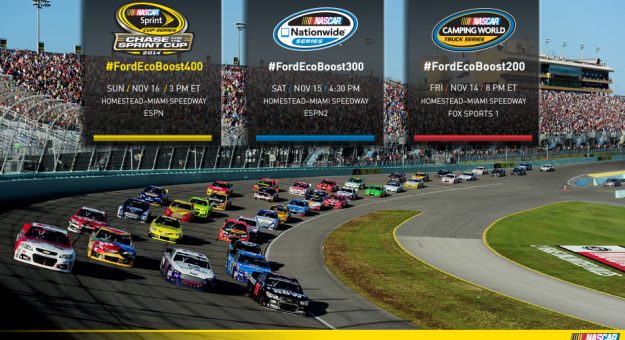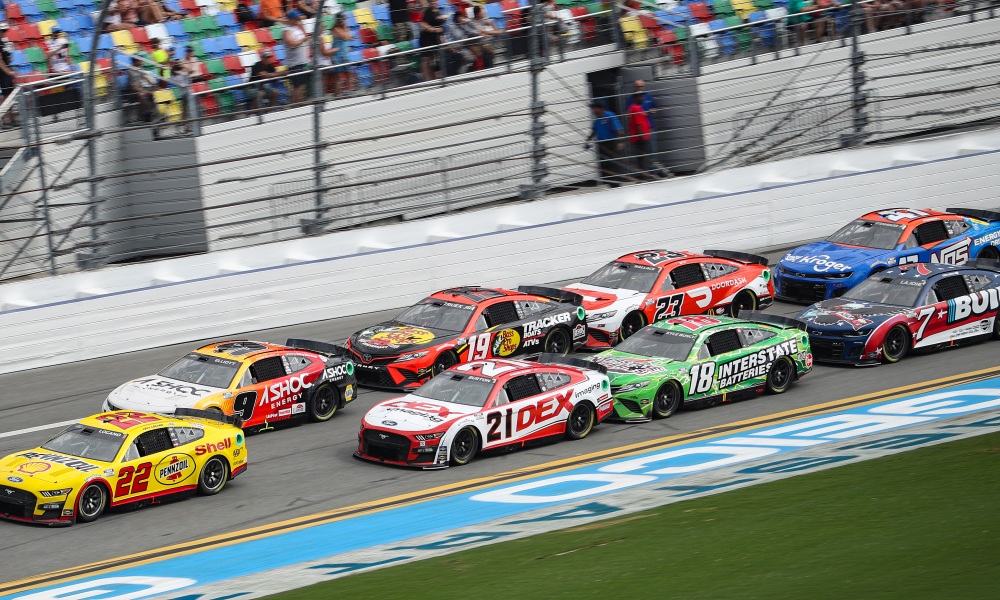
The early years of Mario Andretti's motorsport career have been largely forgotten, but we do know that he had a love of racing. Continue reading to find out more about his life, and the success he achieved in motorsports. Dee Ann Hoch, his wife, was also a victim of his misfortune at the Indianapolis Motor Speedway. It's all a great read. Share this story with your friends.
Mario Andretti was a racing enthusiast from an early age
Mario Andretti, an acclaimed racecar driver, had a passion for racing from an early age. As a toddler, he would take the lid off of cupboards as wheels and race around the track. Mario Andretti grew up in Nazareth Pennsylvania and discovered that the auto racing scene in Italy was flourishing in the 1950s. Both grew up in a family that saved money to purchase a car. They raced their cars at the local half mile dirt track.

Mario was introduced to motor racing by his brother when he was a child. He cycled to the Mille Miglia road race in Lucca, where sports cars sliced through the Italian landscape. He was intrigued by the sounds of the Lancia cars and later the heroic feats of Formula One drivers. Alberto Ascari was a favorite of his, and he died at Monza in 1955.
His success in motorsports
Mario Andretti was an Italian motor racing driver before he began his professional career. Aldo Andretti and Mario, his twin brother, were both racers. At age 18, they started racing and shared a 1948 Hudson Hornet. Aldo was also not a successful racer and was severely injured in a 1957 motor car accident. Aldo decided to end his career in motor racing. Mario continued to race and won many races at the United States Auto Club.
Mario Andretti moved to Formula One in the 1970s. He won 16 races and earned 12 pole positions. He joined Lotus in 1978 to win six races and secure the International Race of Champions as well as the World Championship. In the 1980s Andretti returned to Indy cars, but he failed to win 24 hours at Le Mans.
His bad luck at Indianapolis Motor Speedway
Mario Andretti had never won Indianapolis 500 as a rookie driver in 1965. Though race historians assumed it would happen soon, Andretti was still a novice driver who had failed to win the Indianapolis 500 three times before. That is, until he finished third in that race, and was named rookie of the year. Andretti's troubles at Indianapolis Motor Speedway aren't over.

In the inaugural year of his Formula One career, Andretti had the advantage of winning the pole position, but he was penalized for passing the line of cars during a yellow caution period. The USAC appeals panel later reversed this decision, and Unser won the race. In 1985, Andretti led 107 laps and finished second to Danny Sullivan. But, Andretti crashed in the final 20 laps due to a fuel problem and a bad ignition. This unfortunate streak would continue into next generation.
FAQ
What is the difference in a road car and racing car?
A road car is designed to be driven on public roads. Racing cars are designed specifically for use in competitions such as car racing. They are aerodynamically designed to help them accelerate and brake quickly.
Are there rules about how a racecar should look?
No. No.
But they must adhere to certain safety standards.
Which car racing is the fastest?
F1 Grand Prix, the fastest car racing. F1 is the name given to the top level of motorsport competition. It is made up of 10 teams representing different parts of the globe. Each team has 2 or 3 drivers.
What cars are used to race cars and why?
Speed is the most important factor for any race car driver. Speed is what makes them fast. They must be fast enough that they catch up to other drivers and strong enough to maintain the lead. This gives them an edge over other racers because they can easily overtake others at high speed and then pull away from them when they're not looking.
The fastest cars are often very light. They can accelerate quickly and achieve a high speed. But this also means that they have less energy, which can limit how far they can travel in short periods of time. So they need to use energy efficiently.
Engines power most modern-day racing cars. These engines look similar to regular passenger vehicles. These engines run on compressed oxygen, and not petrol. This is because petrol isn’t strong enough to make a car go fast.
Which car race has the largest number of spectators?
The Indianapolis 500 Mile Race draws the biggest crowds in North America. It attracts more than 400,000 spectators every year.
It will take place at the Indianapolis Motor Speedway on May 30th and 31st.
Why do race car drivers dress in special clothes?
Race car drivers often wear unique clothes.
These clothes keep them cool during races.
The fabric prevents sweaty skin from getting on their bodies.
It protects their skin against being damaged by wind.
Do you allow me to watch a race car driver race in real time?
Yes. There are many ways to watch a race car driver race.
You could purchase tickets to be there. You could also view it online.
You could also follow the race live on radio or TV.
Statistics
- According to FormulaMoney, the design, development, and construction of chassis and engines can cost teams as much as $255 million annually. (businessinsider.com)
- Petty has won 200 NASCAR Cup Series races, a likely unbreakable record, along with a series record seven Cup championships. (frontstretch.com)
- This change may give an improvement of up to 29% fuel efficiency. (en.wikipedia.org)
- In 2013 Ferrari had an estimated team budget of $470 million, while elite IndyCar teams have an estimated annual budget of $15 million, according to FormulaMoney. (businessinsider.com)
- Forget the 200-mph battles of the late 1980s; no one, not even McLaren itself, predicted the inimitable F1 would go as fast as it did. (motortrend.com)
External Links
How To
How to turn fast
To be able to go faster, you must get your car out in front of others during a race. This means that you need to turn before others. When you do this correctly, you'll make everyone behind you brake too, because they won't know what's going on ahead of them. You can also avoid collisions with cars coming in different directions. How do you turn fast?
You must first understand where you are going. If you don't know where you're headed, you'll probably be somewhere completely unexpected. You need to plan well. To see where you are going at any particular moment, make a map. It might seem like a lot of work, but if you've got a good idea of where you're trying to go, it will save you lots of headaches later.
Next, consider when you are going to turn. The best place to begin is right after you pass the first corner. Once you have completed the first corner, your starting point will be known. You now need to choose whether you will use the inside or outside lane.
If you want to move in the inside lane you should wait until there isn't any traffic. Then you'll be able to move quickly without worrying about hitting someone. It is crucial that you stay in the inside lanes once you are in them. Don't let yourself drift back into the outside lane. If you do so, you may hit someone moving slowly. Remember that crossing the line between the lanes can cause you to lose control of the vehicle, making it more vulnerable to accidents.
After you have decided on the lane that you want to use, it is time to choose a place to turn. There are many ways to approach this problem. Some prefer to search for a gap between traffic. Others prefer to look for an open space in the road. Others try to locate a point in the road where it curves around a hill. No matter what method you use, you must be careful to not block the entire road. Traffic jams will be created all over town if you do this.
Once you have decided where you want to turn, it is time to decide if you'll make a sharp right or a gradual left. A sharp turn is much easier to perform than a gradual one. But it is more difficult and requires more energy. This makes it harder for you to steer your car properly. This is why most drivers prefer gradual turns.
Finally, you must accelerate only enough to pass the car in front. If you accelerate too fast, it will result in crashing into its bumper. Running off the road will be a problem if you accelerate too soon. In either case, you'll lose control of your car and crash. This scenario can be avoided by gradually increasing your acceleration. Start with very little acceleration, and only increase it as you near the edge of the road.
Stop cornering immediately after you have finished. This is especially important in heavy traffic. This could result in you running someone over.